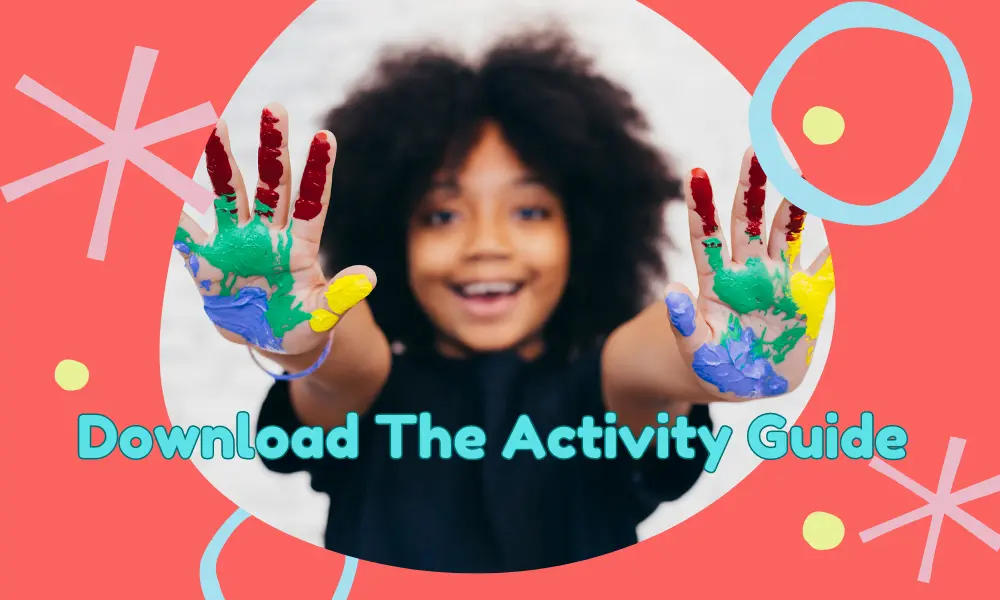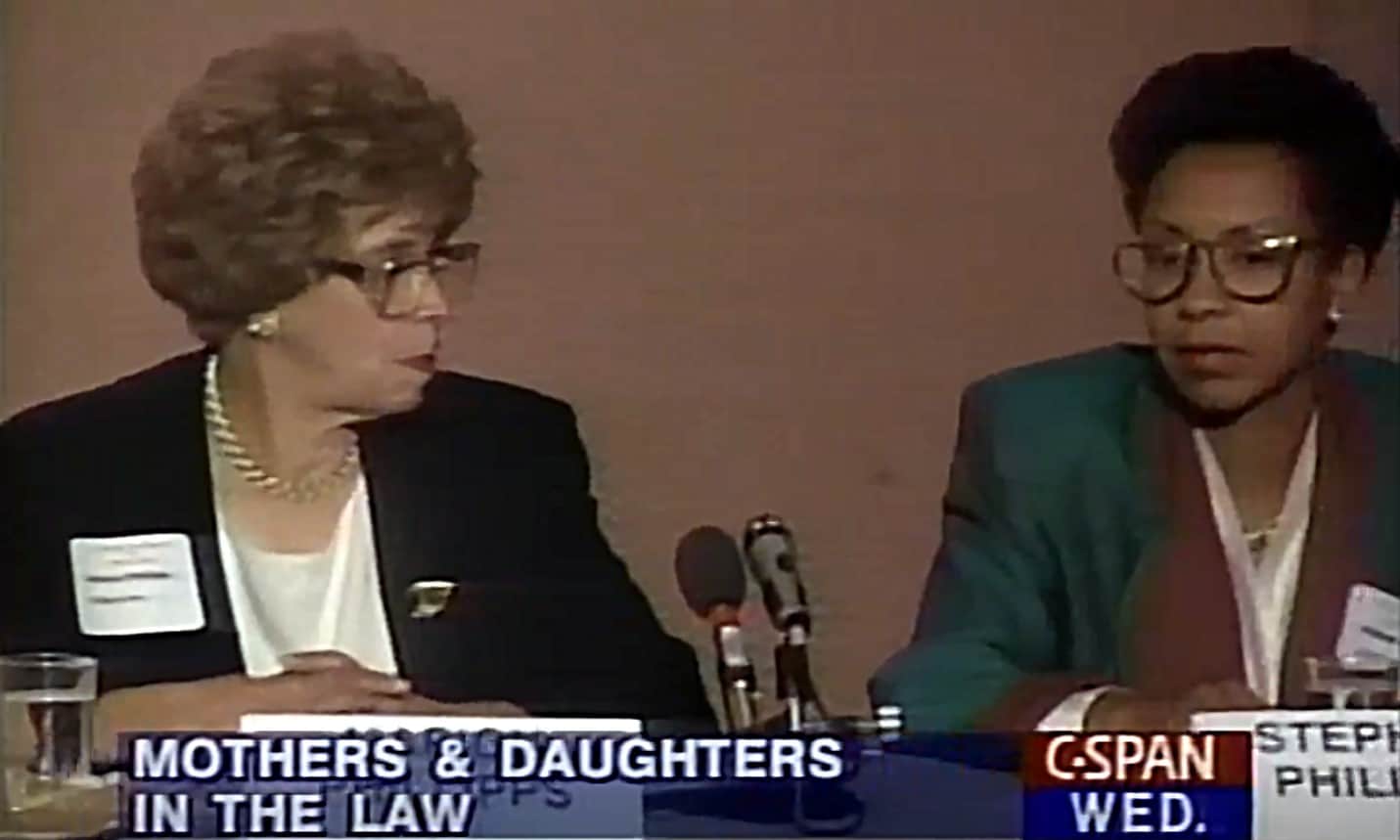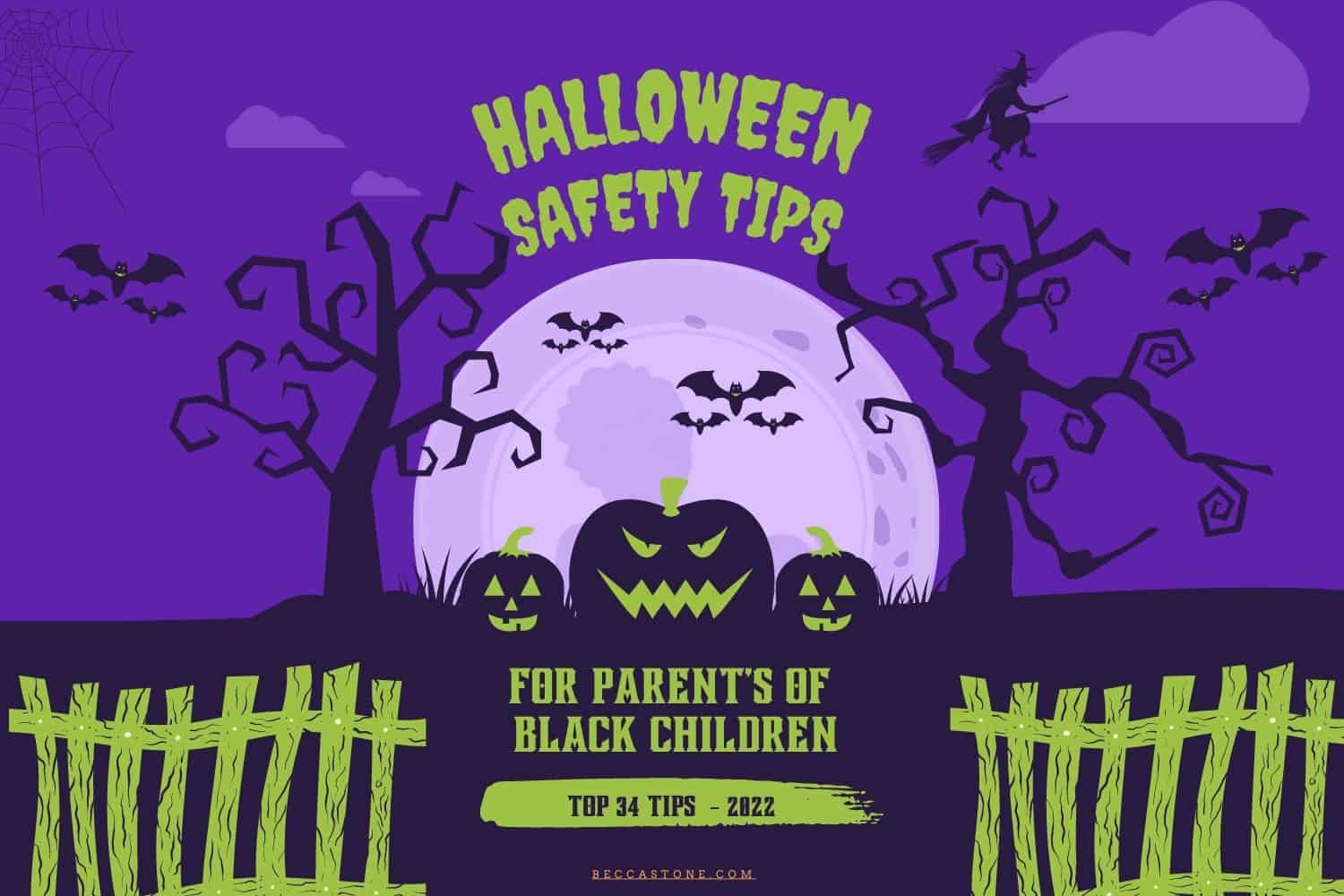
It can be quite challenging to get kids to tackle their summer reading lists or read books that are not “assigned” for school. Beccastone spoke with Katie Titterton, communications director for the Children’s Literacy Foundation (CLiF), for some tips on why summer reading lists are important and how we can get our children to read more.
Isn’t summer the time for kids to relax, not read?
Reading and relaxing are not mutually exclusive. When children pick up a book on a topic that interests them–whatever it is, comics, horses, superheroes, bugs–they’re reading for pleasure, and that’s both relaxing and skill-building.
Kids of all stripes experience summer learning losses, or “summer slide”, when school is out of session. Kids who lack access to reading material and enrichment activities that other kids may have, can lose on average up to two months of reading comprehension over the summer. That’s not the two months of summer vacation; that’s two months of reading comprehension they’d already built up that goes away.
Kids who do read for pleasure over the summer actually improve their reading skills. So every September, you have an increasing achievement gap between kids who read and kids who lack access to books.
What are the benefits of reading?
Kids increase a host of skills when they read for pleasure: reading comprehension, vocabulary, problem solving, attention span, empathy. To put it another way, pleasure reading improves literacy, math, and social skills.
When a child chooses her own books even if from a list (vs. assigned reading), she’s figuring out what she likes, who she is, where she can find a place to belong in a big world. Kids can also work through a lot of their own problems through characters working through the same problems on the page. And kids can learn to walk the proverbial mile in someone else’s shoes if they empathize with a character with a life very different from their own.
Do you have any special advice for parents of children of color?
All children need to read. What children of color particularly need are books that invite, include, and represent them. Publishing is way behind the curve on this: of 4,029 children’s books published by US publishers in 2019, about 11 per cent were about Black people. (https://ccbc.education.wisc.edu/literature-resources/ccbc-diversity-statistics/books-by-and-or-about-poc-2019/#USonly)y). This is an improvement over recent years, but there is a growing demand that the industry publish more diverse books. The #weneeddiversebooks campaign has particularly good organization and traction.
So children of color are less likely to see people who look like them featured in books when they’re browsing through the library or bookstore. The very real danger is when children don’t see themselves represented, they then think, “well, then I guess books aren’t for me.”
Elizabeth Bluemle, co-owner of the Flying Pig bookstore and Shelftalker blogger on PW couldn’t easily find children’s and YA books that featured kids of color dealing with normal kid issues, so she built the World Full Of Color database. She’s made it a public resource. It has more than 1,000 titles in it. Librarians, booksellers, parents, and literacy organizations nationwide should bookmark it.
How can we encourage kids to read without it seeming like punishment or a chore?
When we host book giveaways through CLiF, we always ask kids what they like, what they’re interested in, and then handpick books that engage and inspire them based on their interests. The kids always get the final choice on which book they’re taking home. Librarians and bookstore staff are usually great at sniffing out a kid’s interests and matching books.
Adults sometimes place a value judgement on reading material, even without meaning to. If your kid won’t read anything but comic books, well… it’s still reading! Let her read the comics. She’s still getting something out of it. If you want to be really proactive with a young comics fan, you can find age-appropriate graphic novels that bridge comics and more traditional reading material. Leave them out for your kid to find on her own, because if you got it for her, you know she’s only going to pick it up when she knows you’re not looking!
Here’s the timeless advice: Read together. Read books before bedtime. Because you’re making the effort to kick your shoes off and participate, instead of saying “Go read,” your child doesn’t see it as a chore. It becomes special time. Your kid’s experience is that you value her, and you value books. You also get a better window into your child’s life by talking about the characters, what she thinks of what they’re going through. Reading together is so important.







Share your thoughts